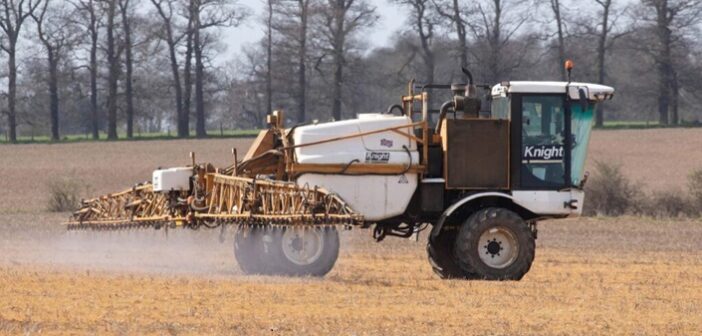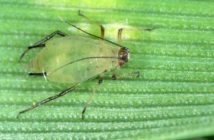With autumn pre-drilling applications just around the corner, De Sangosse have launched a glyphosate stewardship campaign.
The Clean Water. Clean Kill hub offers practical, science-based advice for agronomists, sprayer operators and growers. It focuses on improving glyphosate uptake, supporting resistance prevention, and avoiding the unintended consequences of poor water conditioning, at a time when resistance pressure is rising and confirmed UK cases of Italian ryegrass resistance to glyphosate have already been recorded.
It follows a poll by the company that revealed 30% still don’t use any conditioner at all and only 19% said they knew their water was hard. Just 4% knew the actual ppm calcium carbonate. Interestingly, 46% said they do use a water conditioner with herbicides other than glyphosate.
“Glyphosate stewardship is about more than just rate and timing – water quality plays a much bigger role than many realise,” explains Rob Suckling, commercial technical manager at De Sangosse.
“One of the biggest takeaways from those events was that people either didn’t know how to test their water or didn’t trust strip tests to give reliable readings,” Rob explains. “Without that knowledge, conditioner dosing becomes guesswork.
“Above 150 ppm calcium carbonate, you’re into the danger zone where calcium, magnesium and iron ions can start tying up glyphosate and reducing its availability for uptake.”
The hub also seeks to clarify common misconceptions about tank mix components.
“We found a significant number of farmers were either not using a water conditioner at all, or relying on straight ammonium sulphate (AMS), believing it would solve the problem,” says Rob.
“But AMS doesn’t remove hardness ions. It simply provides ammonium, which serves as a competition agent for divalent cations to form glyphosate salts. Because of its competitive action these products are said to provide partial water conditioning. Without a true chelating water conditioner like X-Change, glyphosate remains vulnerable to lock-up in hard water.”
This lock-up occurs silently in the tank, with no visible sign, but can result in sub-lethal dosing, allowing weeds to regrow and potentially accelerating resistance development.
Preserving glyphosate efficacy
That risk is one the industry can’t afford to ignore, warns John Cussans, principal weed scientist at ADAS.
“Every time glyphosate gives a partial kill, it increases the risk of resistance creeping in. We’re not facing a crisis yet but stewardship needs to be taken seriously. It’s crucial that growers follow WRAG (Weed Resistance Action Group) Guidelines, which include using the right water quality to maximise efficacy.”
The Clean Water. Clean Kill hub provides practical advice on how hard water affects glyphosate, how to test, and how to condition effectively, a stewardship guide and users can submit questions for technical support.
To explore the hub visit: https://www.desangosse.co.uk/solutions/clean-water-clean-kill/




